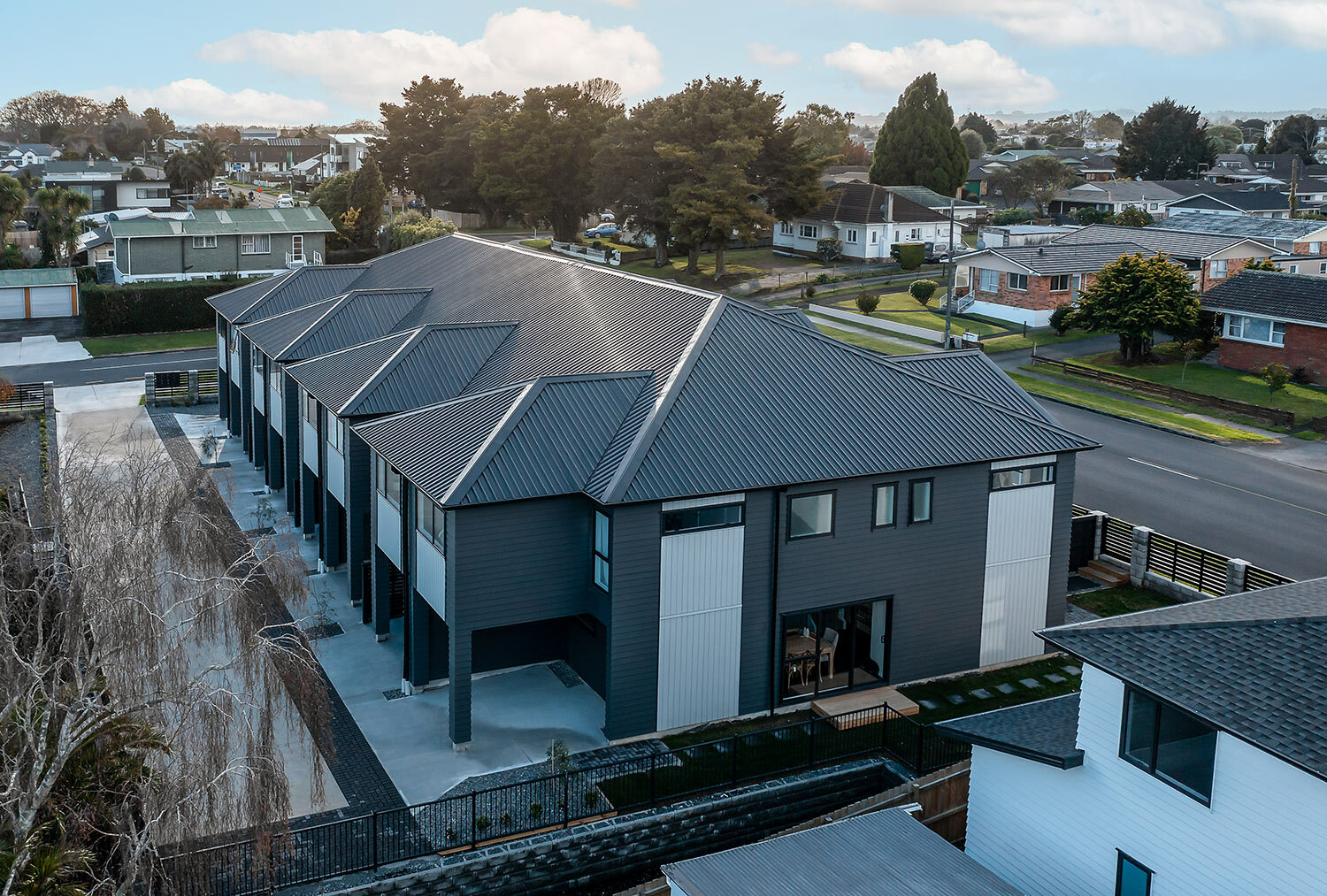The simplest cross lease definition refers to a type of property ownership where multiple parties jointly own a piece of land or separate units in multi-unit dwellings. Each party holding an undivided share in the land granted exclusive rights to occupy a specific portion of the land. Cross lease arrangements are documented in a legal agreement, and while they allow shared ownership, they can sometimes lead to complications, especially when changes or renovations are desired.

What Is Cross Lease Definition
A cross lease definition explains that in a cross lease arrangement, two or more people own the land jointly as tenants in common, and they collectively hold a cross lease title. Each cross leaseholder is granted exclusive rights to occupy a specific portion of the land and the associated building (such as a flat or apartment).
Cross leaseholders share responsibilities for maintaining the common areas, such as driveways and shared gardens, as well as any shared utilities or services like sewerage and water supply.
Each cross leaseholder holds a leasehold interest in their exclusive use area. This lease component is defined in the cross lease document and specifies the terms and conditions under which the property can be used.
Major changes or alterations to the property often require mutual consent from all cross leaseholders. This can include renovations to buildings or changes to the shared land.
When Did Cross Leasing Begin?
Cross leases gained popularity during the 1950s and 1960s to offer a convenient way to add additional dwellings on a single piece of land without going through the complexities and expenses of a full subdivision. Essentially, the cross lease title provided a shortcut around the subdivision rules and council requirements of that era, earning them the nickname "poor man's subdivision."
There are approximately 200,000 cross leases across New Zealand, with around 100,000 of them located in Auckland, especially on the North Shore. The historical context of the Auckland Harbour Bridge's construction played a significant role in the prevalence of cross leases in this area, as they facilitated the housing needs of the expanding population on the other side of the bridge.
Key Terms Involved In Cross Lease
When you deal with cross lease properties, you will encounter several terms that you need to understand to successfully navigate the process.
Covenants - It refers to specific promises or obligations outlined in the agreement that each cross leaseholder must adhere to. These covenants typically detail various responsibilities related to property usage, maintenance, and any limitations or restrictions imposed on the property. They are legally binding commitments that help govern the conduct of cross leaseholders to ensure the orderly coexistence and use of the property.
Lessee - It refers to a cross leaseholder who holds the leasehold interest in their designated area, such as an apartment or flat, as outlined in the cross lease agreement. The lessee has the right to use and occupy their exclusive use area subject to the terms and conditions specified in the cross lease document.
Cross Lease Building - It refers to the individual dwellings or units within a cross lease property, each of which is owned and occupied by a different cross leaseholder. These dwellings or units are typically part of the same property, and their ownership is governed by cross lease legislation.
Flats Plan - It’s a plan that provides a visual representation of the cross lease property. It outlines the buildings on the land, assigns each building a specific identifier like "Flat 1" or "Area 1," and designates the associated "exclusive use" area for the exclusive use of the respective flat owner, excluding others. Additionally, the flats plan indicates any "common areas," which are spaces shared by some or all of the fee simple landowners, often consisting of driveways or accessways.
In some instances, the Flats Plan may not accurately match the existing buildings and structures on the property. This discrepancy could mean that work was carried out on the property without the necessary resource consent or building consent. In such cases, the property's title is considered "defective."
Boundary Pegging - It is a surveying and land measurement process that involves the placement of physical markers, often in the form of pegs or stakes, at key points along the boundaries of a property or land parcel. These markers are positioned to clearly delineate and identify the exact boundaries of the property. Boundary pegging is essential for determining property boundaries, resolving disputes among neighbours, and ensuring accurate land ownership records. It is typically carried out by licensed surveyors to maintain the integrity and legal definition of property boundaries.
Boundary Redefinition: The process of revising and clarifying property boundaries and exclusive use areas among the individual properties within a cross lease arrangement. This may involve modifying physical boundaries, adjusting exclusive use areas, or updating legal descriptions to accurately reflect the ownership and usage of land. Boundary redefinition can be initiated to address disputes, accommodate property changes, enhance clarity, or optimise land use within the cross lease framework.
Record Of Title - It is an official legal document that outlines the ownership structure and rights of individuals or entities involved in the cross lease, offering a clear and authoritative representation of the property's legal status. It includes vital information such as ownership shares, property boundaries, building descriptions, leasehold terms, and any other relevant encumbrances or easements affecting the property.
Easements - An easement is a legal right that grants one party specific and limited access or use of another party's property for a particular purpose. This legal arrangement allows for various purposes, such as accessing land, installing utilities, or ensuring unobstructed views, while the ownership of the land itself remains with the property owner.